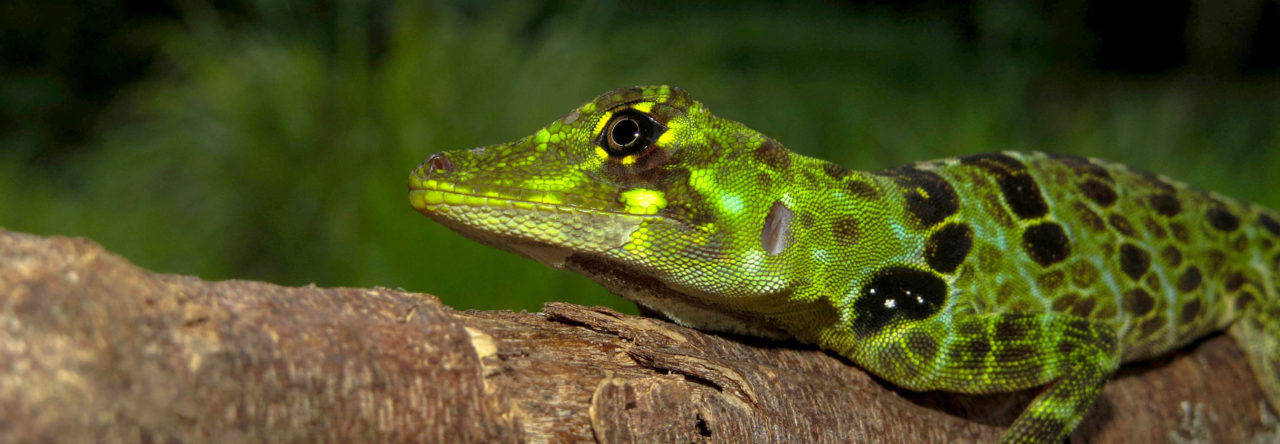
The Faculty of Arts and Sciences at Harvard University has a quaint but lovely tradition of reading a “memorial minute” to honor deceased members of the faculty. I recently came across the minute concerning Ernest Williams, which was presented in 2009 and published in the Harvard Gazette.
At a Meeting of the Faculty of Arts and Sciences on May 19, 2009, the following Minute was placed upon the records.
Ernest Williams was a man of many contrasts. Biology at Harvard in the third quarter of the last century was full of outsized personalities—titans in the field with strong opinions and no reservations about expressing them. In such company, Williams appeared a wallflower, seemingly wishing to be anywhere but in the midst of their arguments. Yet, one-on-one, Williams had an incisive wit and a dry sarcasm—discussions with him were always stimulating and provocative as he never missed a chance to challenge one’s thinking, sometimes quite pointedly.
To some, Williams’s work came across as old-fashioned. His subject, systematics — the study of the evolutionary relationships of species—is among the oldest in science, and his papers — florid and opinionated and, above all, long—recalled an approach to scholarship no longer in vogue. Yet much of his work was boldly innovative; some papers are still widely cited, and in several cases his work was well ahead of its time, presaging approaches to the study of evolutionary biology that were not to catch on for several decades.
Ernest Edward Williams was born January 7, 1914, in Easton, Pennsylvania, the only child of middle-aged parents. Like many boys, particularly of that time, he grew up loving nature and spent many hours capturing salamanders and other creatures. After attending Lafayette College, Williams joined the Army, serving in Europe during World War II. Upon his return, Williams entered graduate school at Columbia University, where he was the last graduate student of the great anatomist William King Gregory.
Williams’s doctoral thesis focused on the structure of the neck vertebrae of turtles and how variation among species reflects their evolutionary heritage. The work demonstrated the combination of careful attention to detail with the ability to interpret results in the broader context that was to characterize Williams’s career. More than fifty years later the work is still foundational in understanding the evolution of turtle diversity.
 In 1950, after completing his degree, Williams moved to Harvard, where he initially served as a laboratory coordinator for the anatomy course of the legendary paleontologist Alfred Sherwood Romer, then subsequently was appointed as an assistant professor and made coordinator of a General Education course on evolution. The Museum of Comparative Zoology’s Curator of Herpetology, Arthur Loveridge, retired in 1957, and Williams was appointed to take his place. In 1970 Williams rose to the rank of professor and in 1972 became Alexander Agassiz Professor of Zoology.
In 1950, after completing his degree, Williams moved to Harvard, where he initially served as a laboratory coordinator for the anatomy course of the legendary paleontologist Alfred Sherwood Romer, then subsequently was appointed as an assistant professor and made coordinator of a General Education course on evolution. The Museum of Comparative Zoology’s Curator of Herpetology, Arthur Loveridge, retired in 1957, and Williams was appointed to take his place. In 1970 Williams rose to the rank of professor and in 1972 became Alexander Agassiz Professor of Zoology.
Williams initially focused on continuing his work on turtle systematics, leading to a series of publications including a still-important treatise published with Loveridge in 1957. Williams soon realized, however, that the museum’s collections were inadequate for the detailed analysis he conceived, which required large samples from many populations. This recognition that the museum’s herpetological collections were wide in scope, but lacking in depth, led Williams in two directions. First, it compelled him to work greatly to expand the Herpetology Department’s holdings, ultimately leading to a quadrupling of the department’s collections (to more than 300,000 specimens) by the time he retired as curator in 1980, making the Museum of Comparative Zoology (MCZ) one of the greatest herpetological repositories in the world. Second, it led Williams’s attention to focus on lizards in the genus Anolis, a very species-rich group from the Caribbean and Central and South America. A previous curator of herpetology and director of the MCZ, Thomas Barbour, had extensively collected anoles in the Caribbean; Williams, whose focus was much more evolutionarily-oriented than most systematists of the day, recognized that this group could be a model for studying large-scale evolutionary and biogeographical phenomena.
And, indeed, they were, and still are.
Read More













 In 1950, after completing his degree, Williams moved to Harvard, where he initially served as a laboratory coordinator for the anatomy course of the legendary paleontologist Alfred Sherwood Romer, then subsequently was appointed as an assistant professor and made coordinator of a General Education course on evolution. The Museum of Comparative Zoology’s Curator of Herpetology, Arthur Loveridge, retired in 1957, and Williams was appointed to take his place. In 1970 Williams rose to the rank of professor and in 1972 became Alexander Agassiz Professor of Zoology.
In 1950, after completing his degree, Williams moved to Harvard, where he initially served as a laboratory coordinator for the anatomy course of the legendary paleontologist Alfred Sherwood Romer, then subsequently was appointed as an assistant professor and made coordinator of a General Education course on evolution. The Museum of Comparative Zoology’s Curator of Herpetology, Arthur Loveridge, retired in 1957, and Williams was appointed to take his place. In 1970 Williams rose to the rank of professor and in 1972 became Alexander Agassiz Professor of Zoology.
